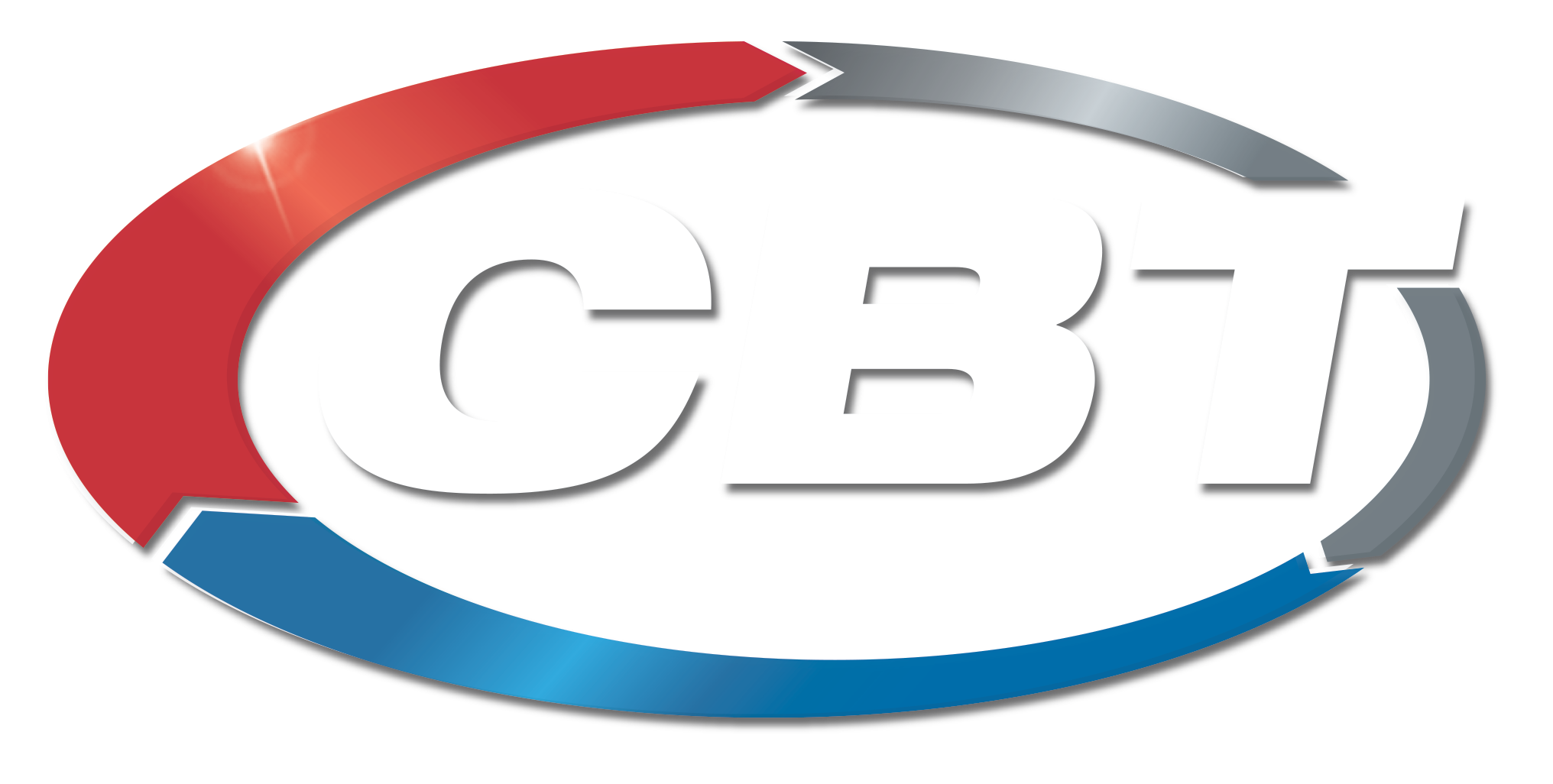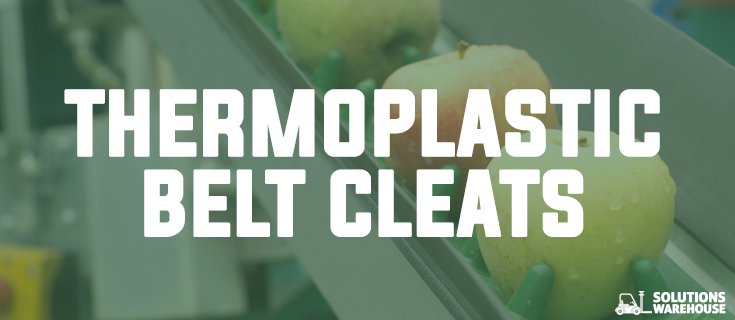 Flights, paddles, and pushers are all different names for belt cleats on a conveyor belt. Cleats are upright profiles attached to the top surface of belts to increase load capacity on incline systems. Belt cleats come in different sizes, shapes, colors, and compounds. Generally, the cleat must be made of the same compound as the belt in order to achieve a good bond for long service life. There are two broad categories of compounds — rubber and thermoplastic. In the belting world, PVCs, RMVs, and urethanes comprise the majority of thermoplastics used. These compounds, when precisely heated, will “melt” and then fuse together as they cool. When properly done, these two heated surfaces will become as one. This is how cleats on most lightweight belts are bonded.
Flights, paddles, and pushers are all different names for belt cleats on a conveyor belt. Cleats are upright profiles attached to the top surface of belts to increase load capacity on incline systems. Belt cleats come in different sizes, shapes, colors, and compounds. Generally, the cleat must be made of the same compound as the belt in order to achieve a good bond for long service life. There are two broad categories of compounds — rubber and thermoplastic. In the belting world, PVCs, RMVs, and urethanes comprise the majority of thermoplastics used. These compounds, when precisely heated, will “melt” and then fuse together as they cool. When properly done, these two heated surfaces will become as one. This is how cleats on most lightweight belts are bonded.
Types of Bonding
Thermal Welding
With this method hot air is forced against the cleat and belt, and pressure is applied to ensure 100% bonding — a simple procedure performed on very sophisticated machinery. This method is the fastest, most economical bonding technique, and is used whenever feasible.
HF Welding
High Frequency (HF) welding is also known as Radio Frequency (RF) welding. This method also fuses the cleats to the belt by heating them, however the heat is generated internally as the HF excites/heats the molecules in the cleat and belt. Stronger bonds and intricate cleat patterns are possible using this method. Special, custom tooling is often required for HF welding.
Cold Bond
This is simply cementing the cleat to the belt. While a tried and true method, cold bonding is the last option we recommend. It’s used only when the cleat layout pattern cannot be produced using either welding method.
Cleat Styles
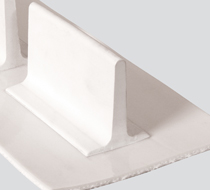 | T-CleatsThese have a broad base, and are at a 90 degree to the belt surface. Heights range from 1/2″ to 4″ tall. Usually these are a PVC compound. |
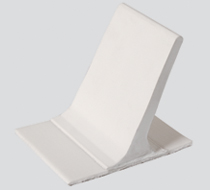 | C-CleatsAlso known as a “scoop cleat,” this is the same as a T-cleat except the cleat is “bent” over to 65 degrees from belt surface. This cleat is available up to 3″ high. |
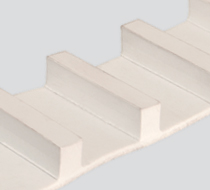 | Lug CleatsA lug cleat is a common term to describe a square cross section or when using a V-guide as a cleat. Most sizes are available in PVC and urethane. |
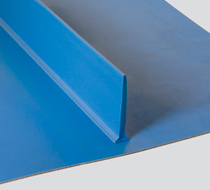 | Thin Line and Footless CleatsDesigned for small pulley conveyors, these cleats are generally only available in urethane and use the HF welding method. Although thinner than PVC T-cleats, these cleats are very durable and cut resistant. Thin line and foot less cleats are available in white, black, blue, beige, green, and clear depending on style/size of cleat required. |
Modifications
Cleats can be modified by indenting, making cutouts/notches, or tapering the ends. There is no “standard” cleat pattern. Every cleated belt is a custom design driven by the requirements of the conveyor system. Talk to your CBT belting specialist to learn how CBT and Apache can help you with your belting application.






